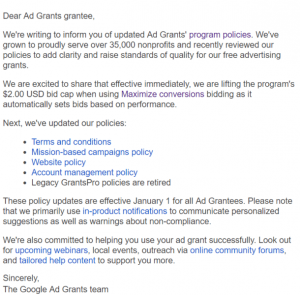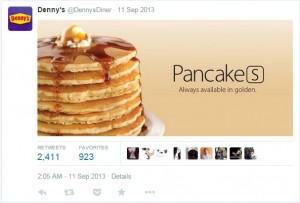
The B2B sales conversation is a complex dance between seller and buyer. One misstep, and the whole conversation can be knocked off balance. But sellers who are able to maintain a steady selling rhythm and keep value at the forefront during the conversation are far more likely to succeed in closing the opportunity.
Below is a list of four common personas that show up during a sales conversation, taking it down the wrong path quickly. We’ve also included tips on how you can help steer your salespeople away from becoming these types of sellers.
1. The Know-It-All
The “Know-It-All” is an often-seen salesperson. You’ve likely been on the receiving end of this type of seller. We’ve experienced it ourselves on more than one occasion. He or she kicks off a sales call by rattling off a laundry list of premium features and benefits without ever taking the time to ask the prospective buyer about their needs or pain points. The result is a one-sided conversation because this seller already thinks he/she knows what the customer wants.
The “Know-It-All” can be avoided with a consistent messaging platform reinforced by your management team. Educate them on the Seller Deficit Disorder and the importance of an effective discovery process that uncovers the critical business issues that drive opportunities forward.
2. The Apprentice
“The Apprentice” is the seller who shows up to the call without preparation, research, or rehearsal. The result is a generic conversation in which the buyer doesn’t experience the confidence that comes from speaking with a best-in-class salesperson.
Reinforcing the use of pre-call planners, discovery and opportunity guides can help drive consistent preparation with every sales call. Consistent messaging drives repeatability that will improve the execution of even your newest reps. As a sales leader, you can never stress enough the importance of researching and preparing for each call with your sales team.
3. The Drifter
Remember, there are two kinds of people who float down a river – Paddlers and Drifters. Paddlers make their way downstream with speed, intention, and the ability to maneuver sharply. Drifters float with the current and let the stream take them where it will.
“The Drifter” can ruin a sales conversation faster than most. It happens when a seller does not set an agenda for the call, doesn’t define outcomes of the call and in turn, allows the call to go in no particular direction. The result is that the seller is unable to move the conversation forward with intention and maneuver as necessary.
Don’t let your salespeople show up without a paddle. Train them to be customer-focused and audible-ready. No matter the conversation, audible-ready sellers are focused on value, differentiation and how they can solve their buyer’s greatest business challenges. Here are a few ways to equip your sellers to sell with intention and maneuverability:
- Set an agenda for each sales call and send the agenda to the prospect in advance.
- Make the sales conversation solution-based. Focus the message on addressing the customer’s needs.
- Articulate differentiation early on in the conversation.
- Demonstrate the value of your solution throughout the conversation.
4. The One-Size-Fits-All
Most B2B buying decisions involve multiple decision makers. Less experienced salespeople often make the mistake that they can have the same conversation with each decision maker.
When you move through multiple decision makers in your buying organization, you need to determine the positive business outcomes, the required capabilities, and the metrics that are important to each buyer. Approach each decision maker as a new discovery opportunity.
A lower-level employee (or possible end-user of your solution) will have a different interest in your solution than will a manager, who will have a different interest than the CEO. Your salespeople will engage many people along the customer chain, they need to understand that their conversation can’t be the same with each. Your seller’s ability to uncover the pain and connect the value to the right person at the right time will make all the difference in having a successful sales conversation.
Business Articles | Business 2 Community
(335)
Report Post







